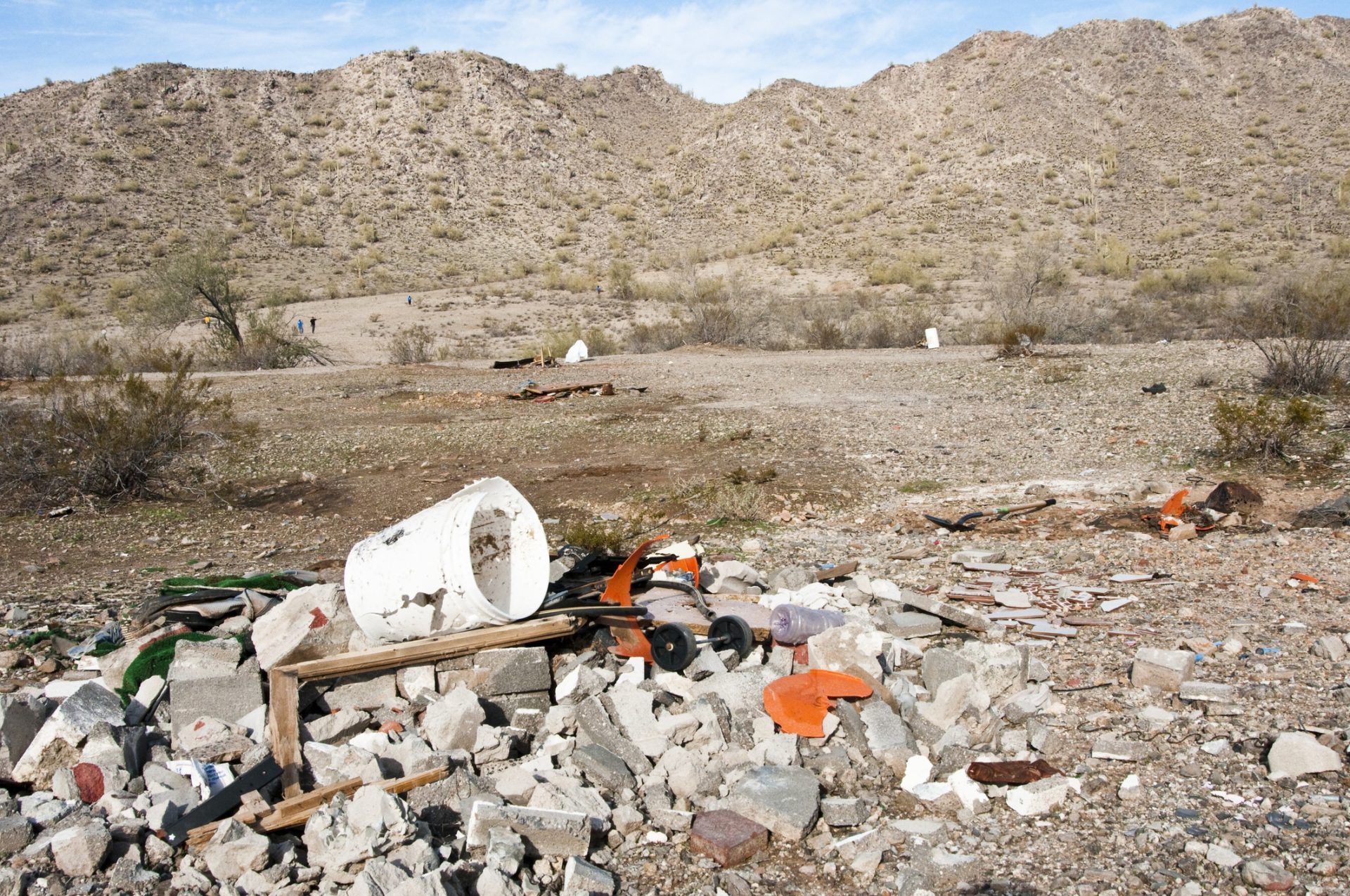Efforts focus on increasing fines, enforcement in rural and undeveloped hot spots
Today, the Los Angeles County Board of Supervisors unanimously approved a motion written by Supervisor Kathryn Barger and co-authored by Supervisor Janice Hahn to implement illegal dumping safeguards, adjust penalties and fines, and request more coordinated enforcement from the Sheriff’s Department and District Attorney to mitigate the illegal dumping of construction debris and waste that is plaguing rural and underdeveloped portions of the county.
“This is about keeping the rural Fifth District communities I represent safe and healthy,” said Supervisor Kathryn Barger. “Many associate illegal dumping of waste with visual blight, but the consequences of the problem we’re addressing are much deeper than that. Unscrupulous construction companies are disposing tons of debris in parcels of land in the Antelope Valley that contain hazardous materials that can seep into the water table and pose serious public health and environmental safety hazards. This is intolerable and just plain wrong. This motion will get law enforcement engaged in proactively combating illegal dumping.”
The motion requests that the District Attorney and the Sheriff, in collaboration with several other county departments, prioritize enforcement and evaluate the feasibility of developing a trained and permanent strike team to proactively prevent, enforce, and prosecute illegal dumpers and operators of illegal dumping sites.
“Since the pandemic, we have not only seen a spike in illegal dumping but a change in the type of items being dumped,” said Supervisor Janice Hahn. “We are seeing large amounts of debris, hazardous materials, tires, and large home appliances. Illegal dumping is a crime, but it is not being enforced as it should be. With this new effort, we are looking to get the authority to go after individuals and large construction sites that are behind this growing problem.”
The motion also calls for recommendations on how to deploy technological enforcement solutions, such as drones and automated license plate readers, to identify illegal dumping activity in hot spots and specifies other actions that mitigate construction waste dumping, increase clean-ups, and create a finding source to support these environmental justice efforts.

